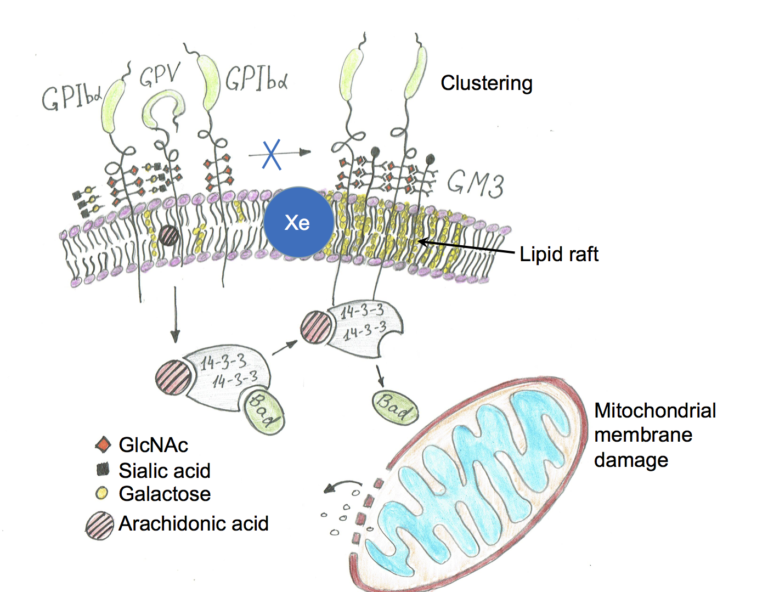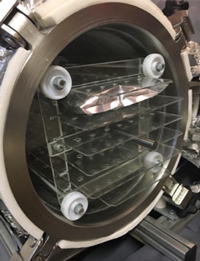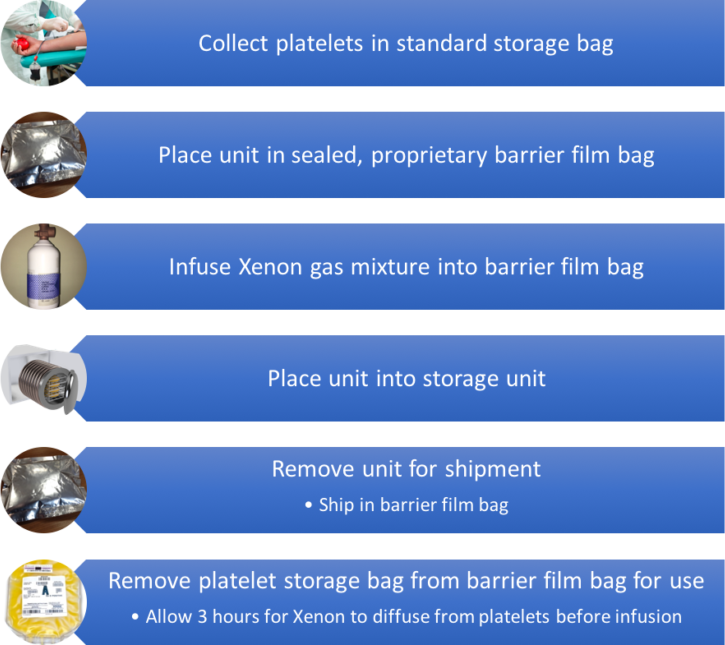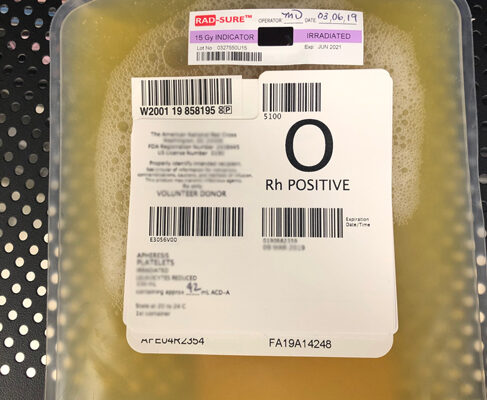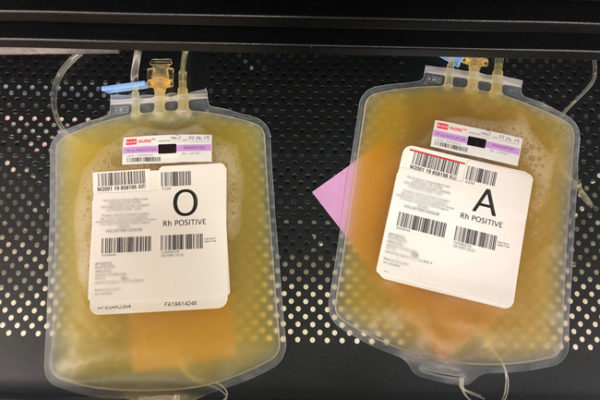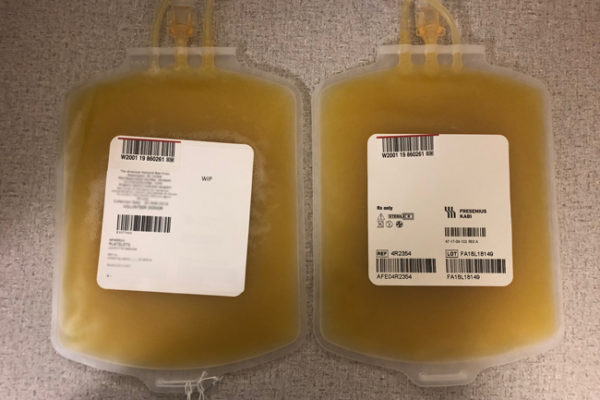Platform Technology
Xenon gas (Xe) is considered to be biologically inert in small concentrations. However, at concentrations of 50% and higher, it is approved and used in inhaled anesthesia mixtures in Europe. As an anesthetic it has no side effects, unlike alternative anesthetic mixtures (such as those that are NO2 -based).
CPT’s technology biophysically influences the metabolic processes of biological cells using the unique properties of xenon. The mechanism of Xe action on mammalian cells is currently under investigation. It is proposed that Xe affects the physical characteristics of the external cellular membrane. Xe reversibly influences membrane fluidity and permeability due to its atom size and its characteristically high solubility in lipids. CPT research demonstrates that Xe decreases the viscosity of the extracellular membrane by decreasing the number of membrane rafts. This leads to fewer regions in the membrane for clustering/expression of certain cell receptors to occur (for example: the GPIb receptor in platelets) and therefore inhibits cell reaction to external stresses and protects mitochondria. As a result, we observed significant reduction of apoptosis in the variety of cell lines, protection of potent cells from spontaneous differentiation during storage, and reduction in hemolysis of red blood cells in the long-term storage.
- Bone Marrow
- Stem Cells
- Red Blood Cells
- Transplant Organs
Platelet Storage
CPT Platelet System Benefits
- Increased Platelet Supply and Reduction of Supply Shortages
The longer platelet shelf-life, provided by the CPT system, allows for greater flexibility to respond to fluctuating global demand.
- Reduction of Safety Risks
Refrigeration of platelets inhibits bacterial growth and ensures contamination does not occur in the storage process. Longer storage also allows for a more rigorous testing process of samples.
- Expanding Existing Distribution Networks
Extended storage time and instrument design facilitates the transportation of platelets by increasing the ease, distance and allowable duration of transportation.
- Allows hospitals and blood banks to greatly enhance the scope and quality of the services they provide
CPT Platelet Storage Technology
CPT’s unique approach extends storage of platelets by addressing both the risk of bacterial growth and the degradation of platelet functionality during storage. This platelet storage technology utilizes a combination of optimal levels of temperature, pressure and xenon gas concentration in order to ensure the integrity and reliability of the platelets for use after storage.
CPT’s novel application of xenon gas is a key component of this breakthrough technology. By taking advantage of xenon’s unique qualities as an inert gas and its non-toxicity at controlled levels, CPT technology creates an environment conductive to refrigeration and long-term storage, while simultaneously preserving the functional and morphological characteristics of the platelets. Storage in a hyperbaric Xe atmosphere has been proven to prevent immediate clearance of platelets from the blood stream upon transfusion. By remaining in circulation, stored platelets have long-term hemostatic functionality.
Refrigeration of platelets prevents bacterial growth in stored samples, thereby addressing the contamination concerns that currently limit the allowable length of platelet storage. Refrigeration has also been shown to effectively slow down cell metabolism and inhibit cell death pathways within the cell. This allows extended storage of platelets while maintaining their functional integrity.
Our Process
Platelet Storage Samples
Contact Us
Get in touch and we’ll get back to you as soon as we can. We look forward to hearing from you!


